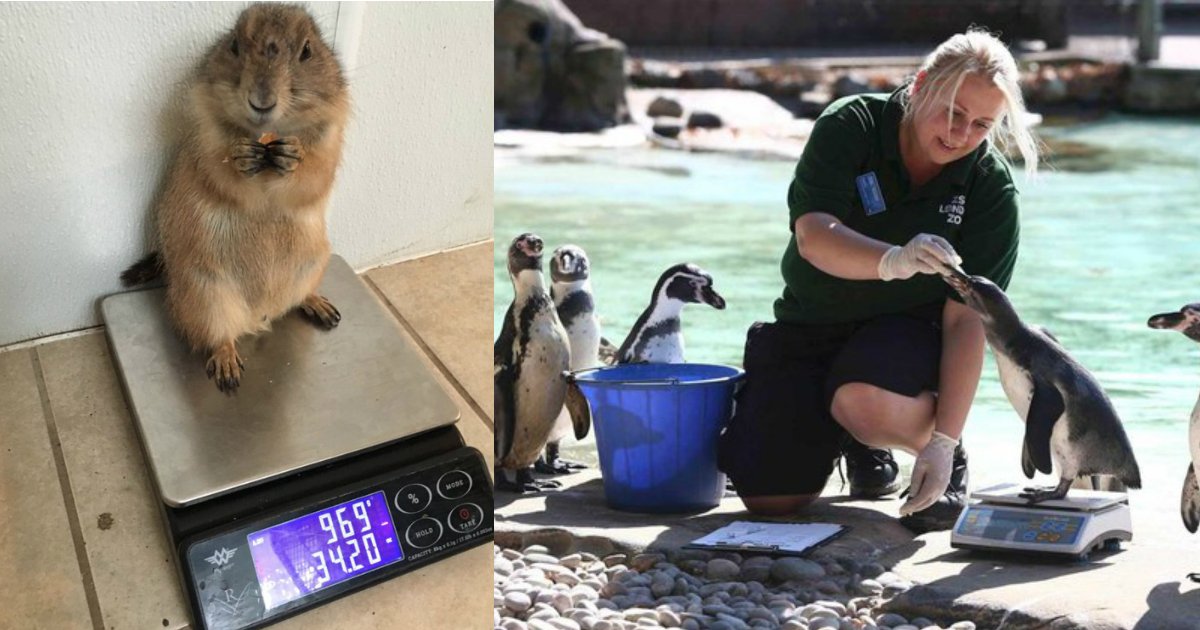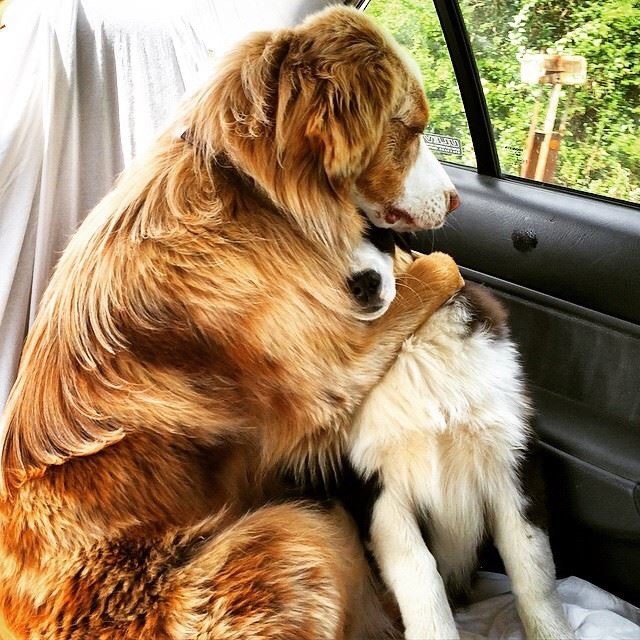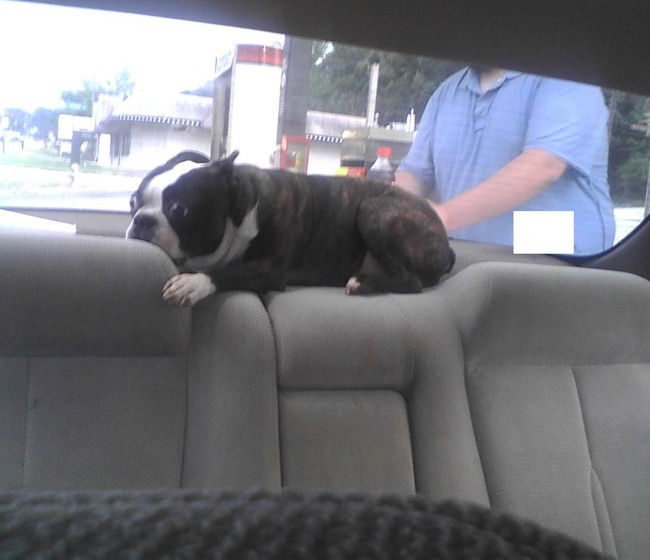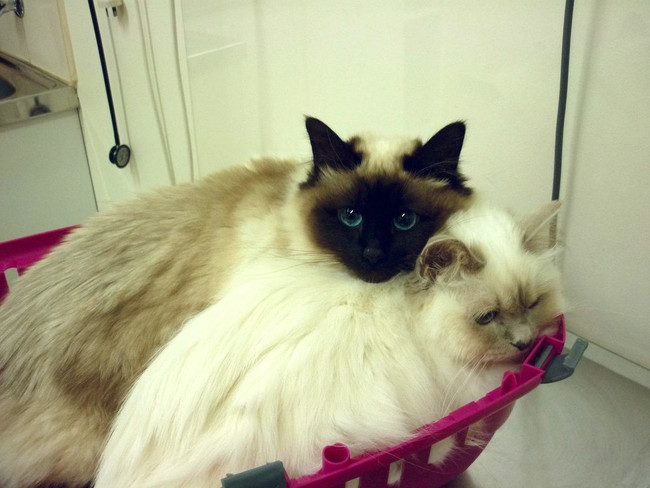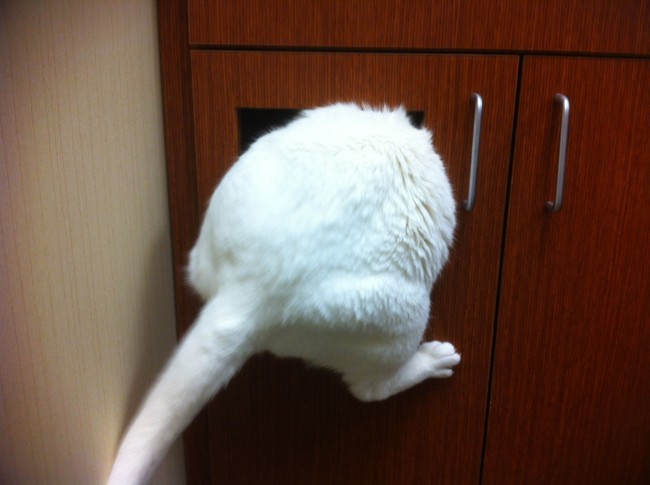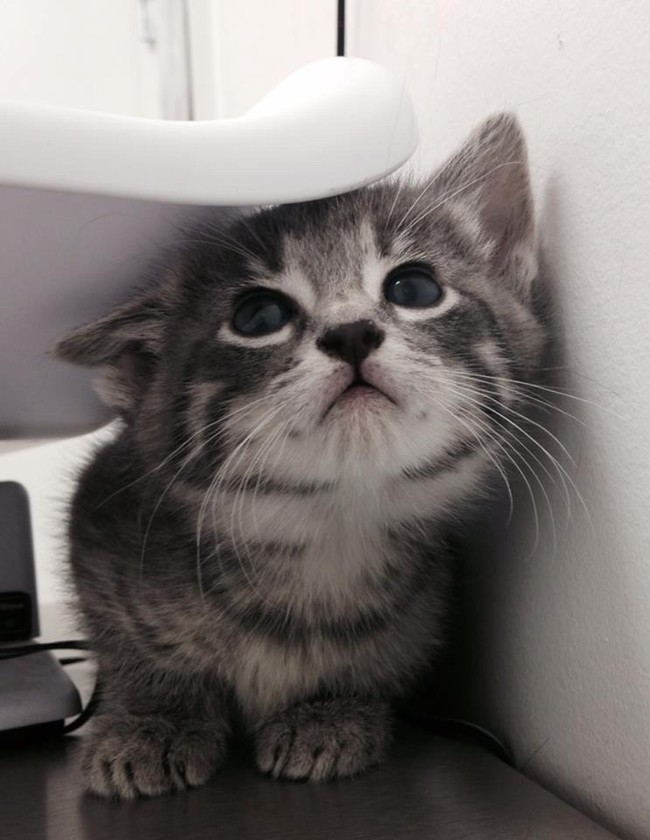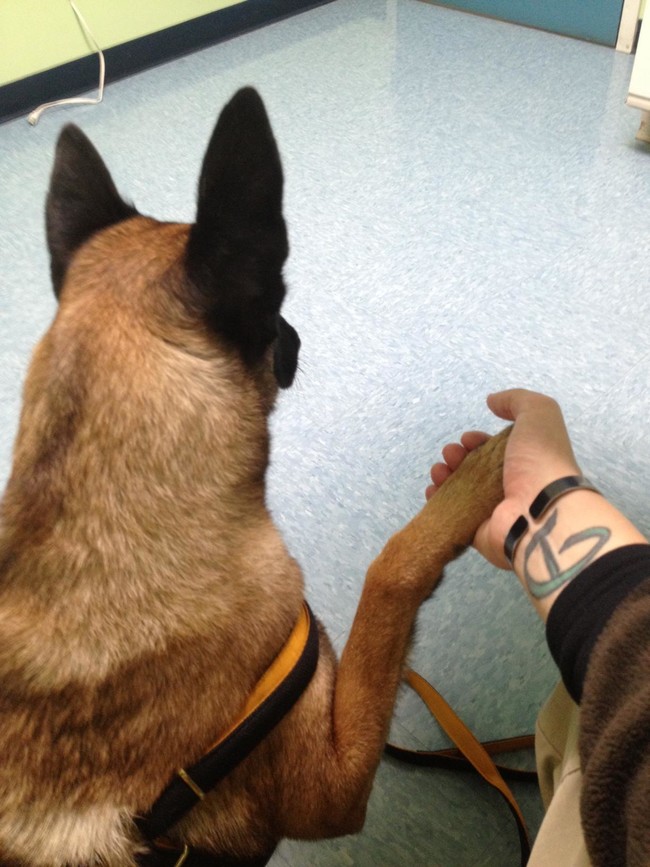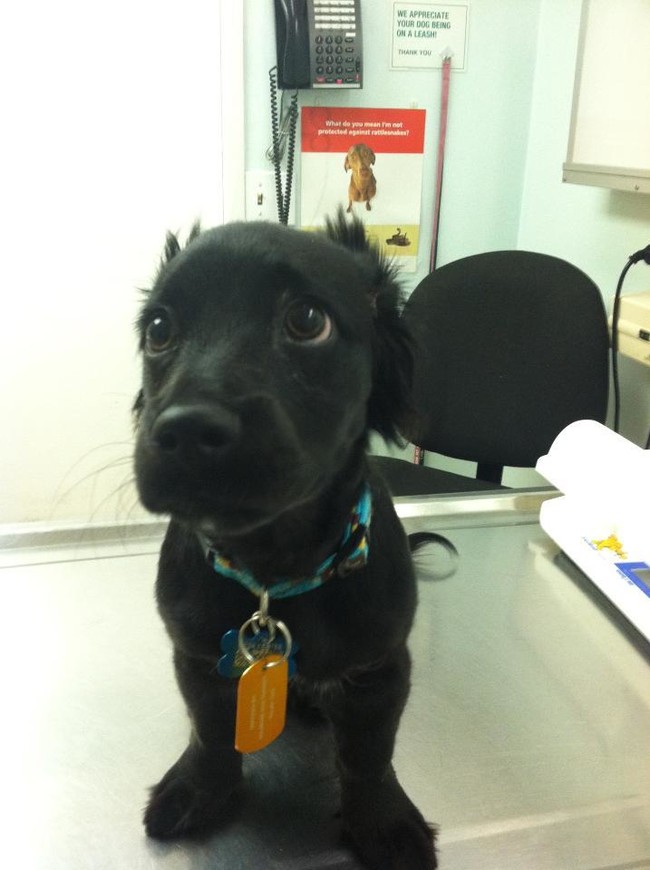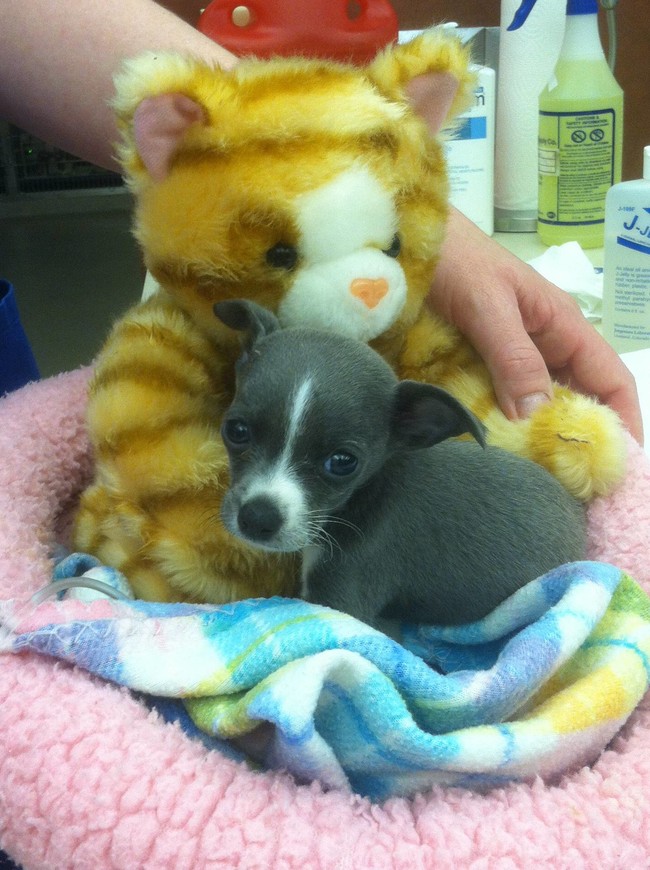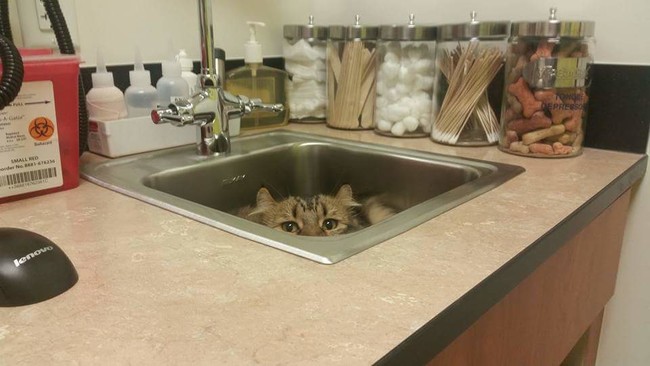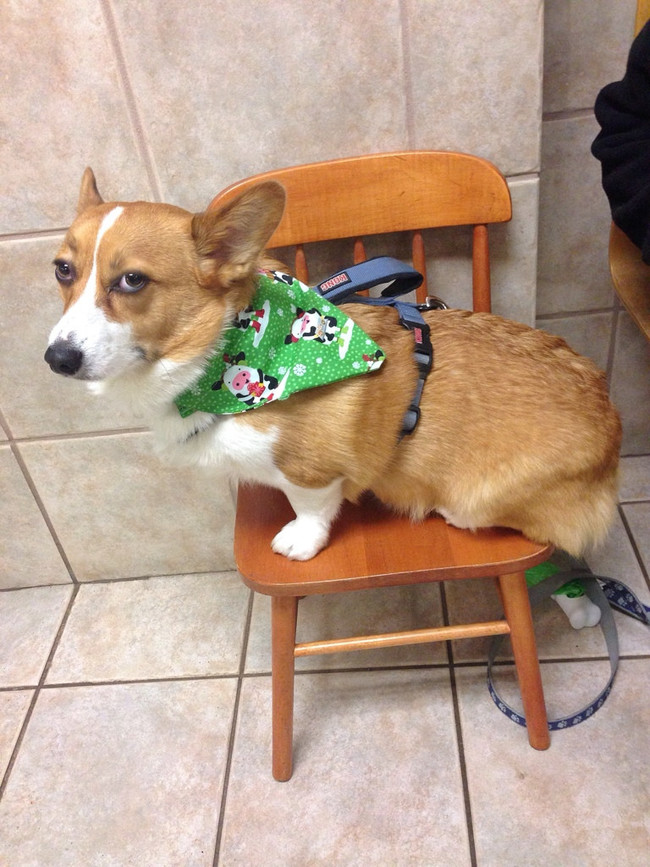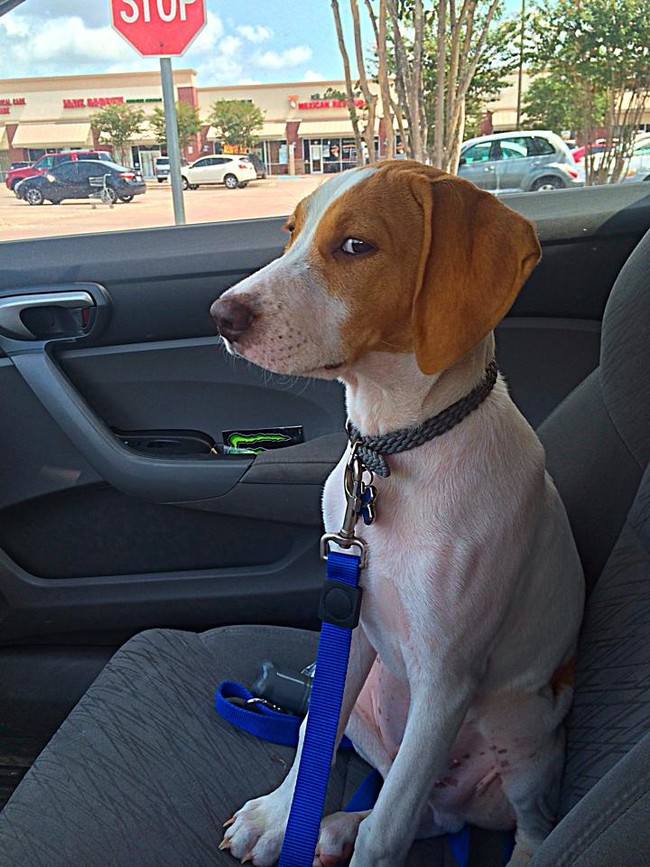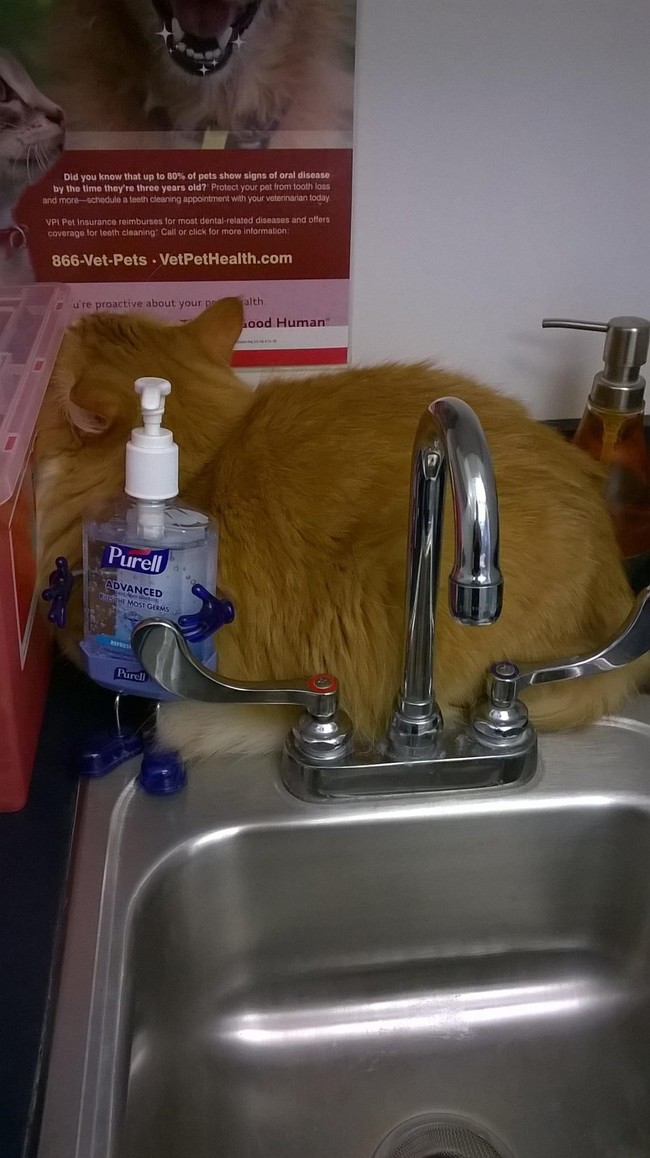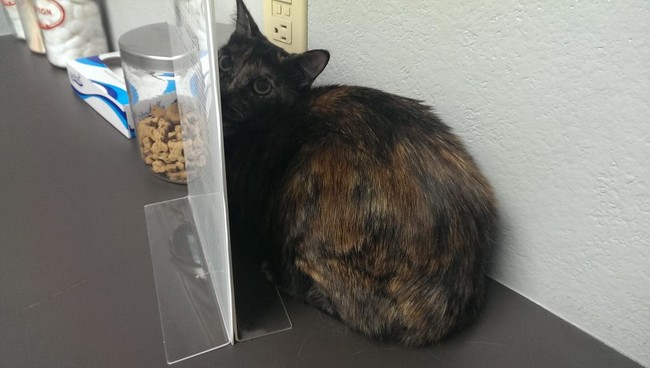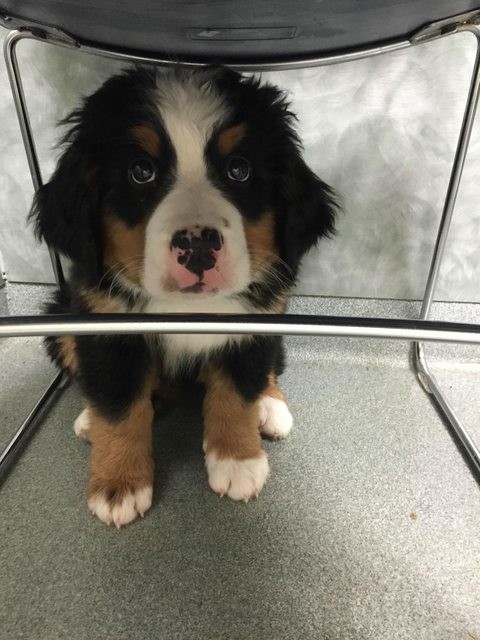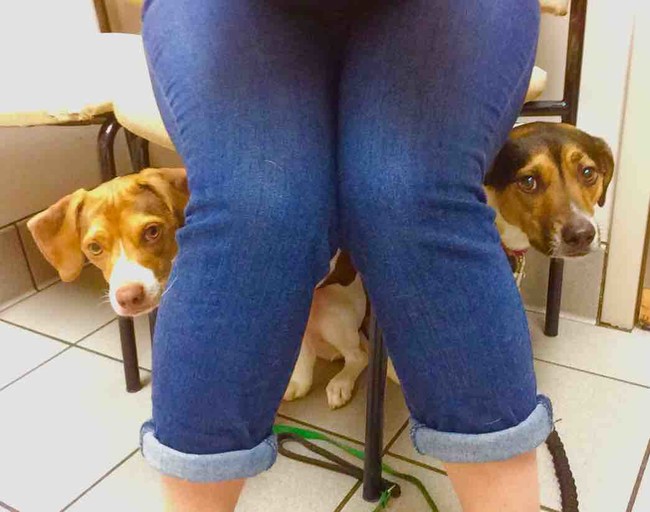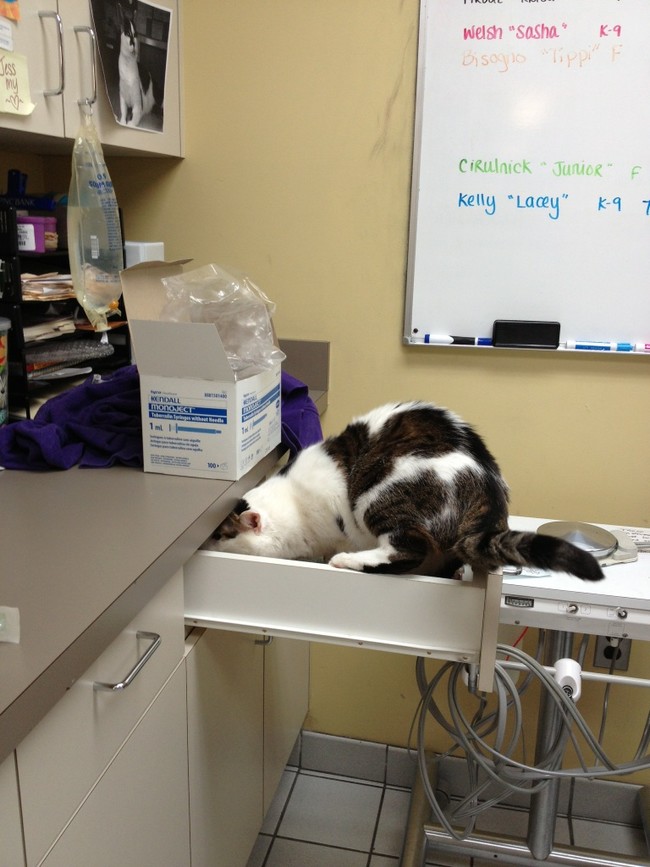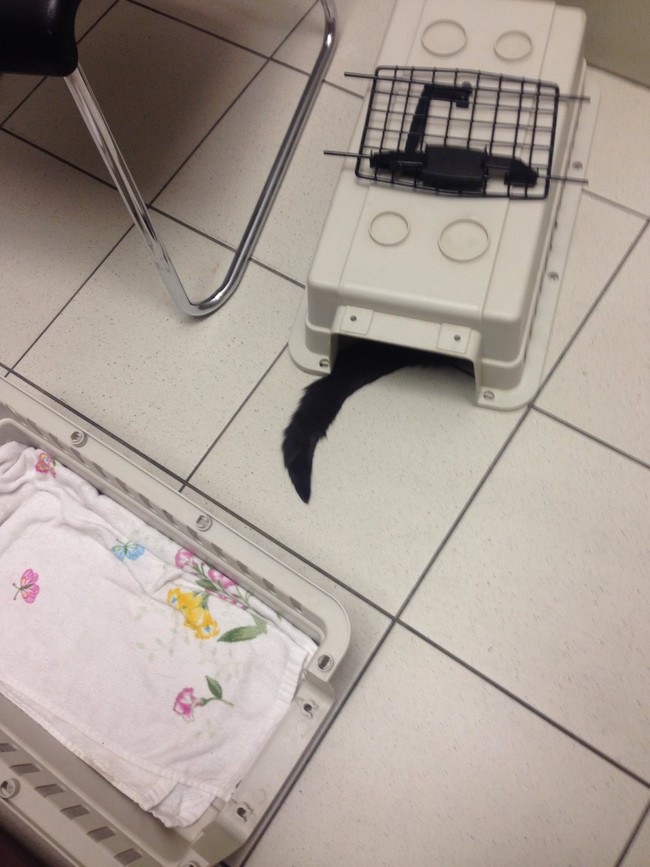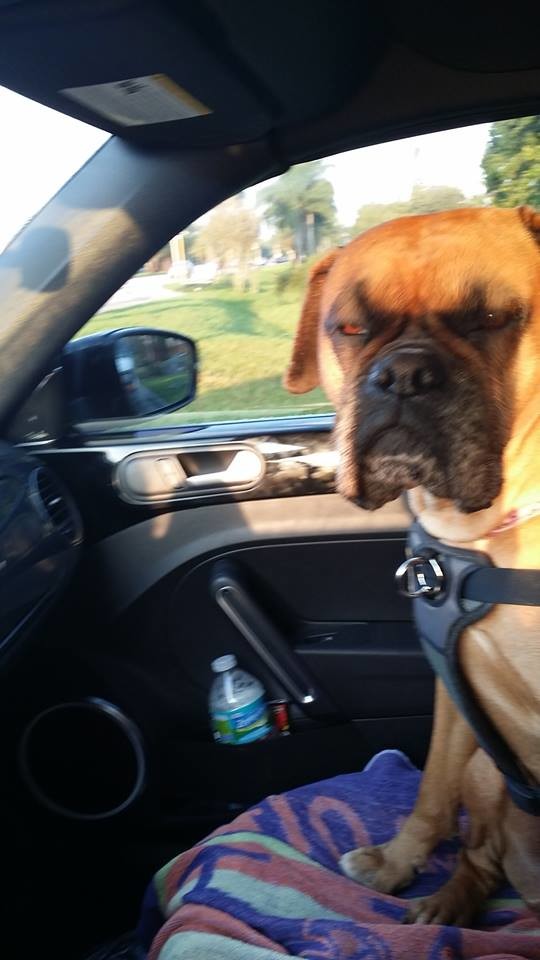Coaxing humans voluntarily onto a scale is hard enough. How do veterinarians and zoologists get the data they need from far more elusive and uncooperative subjects, a/k/a the animals they care for?
Spoiler: With lots of creativity — and all the foods!
Owls are wrapped like burritos lest they fly away.
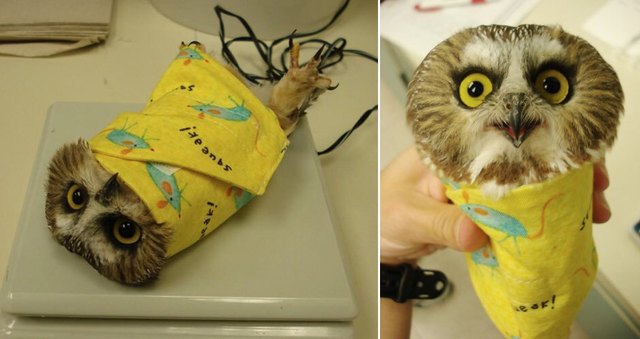
Ditto for lemurs but they also get put in a bowl for good measure because they are literal escape ninjas. (Press play to watch.)
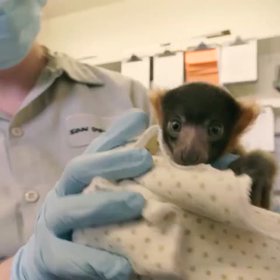
The bowl is actually a pretty common technique — to wit, this adorable snap of a baby puffin ….
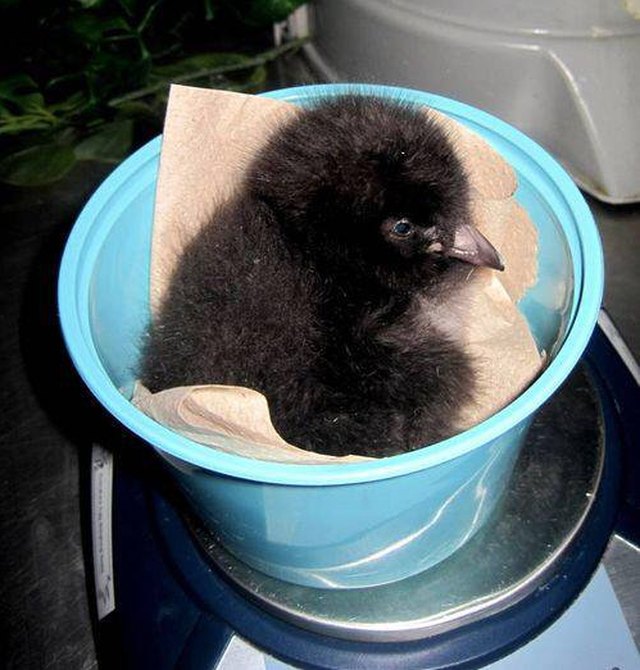
…. this frog ….
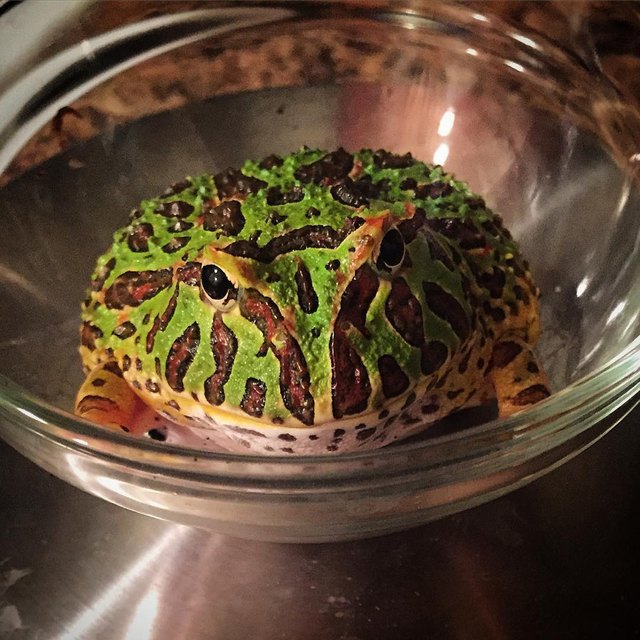
…. and this wee kitteh!
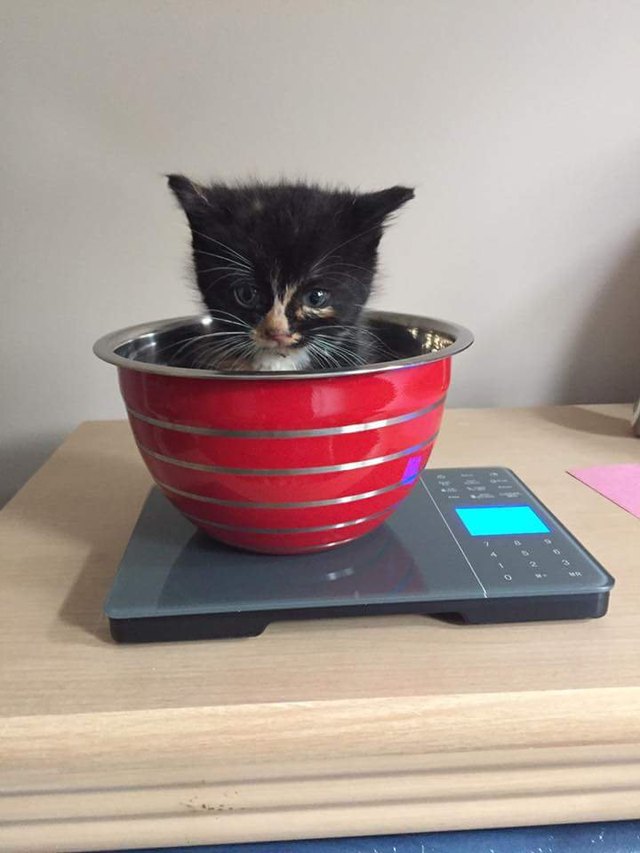
But sometimes, when (wild)life throws you a curve, you just gotta turn the accepted wisdom on its head.
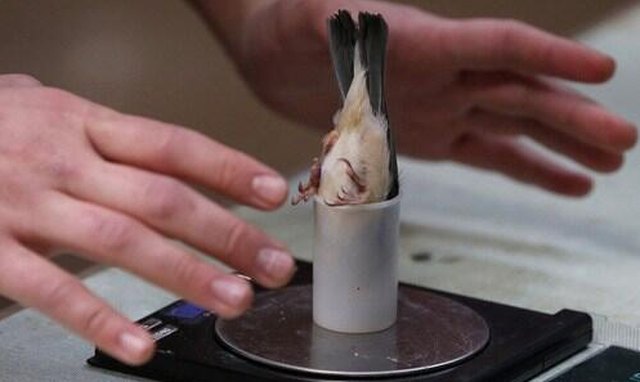
No bowl on hand? Try an equally common alternative, the box!
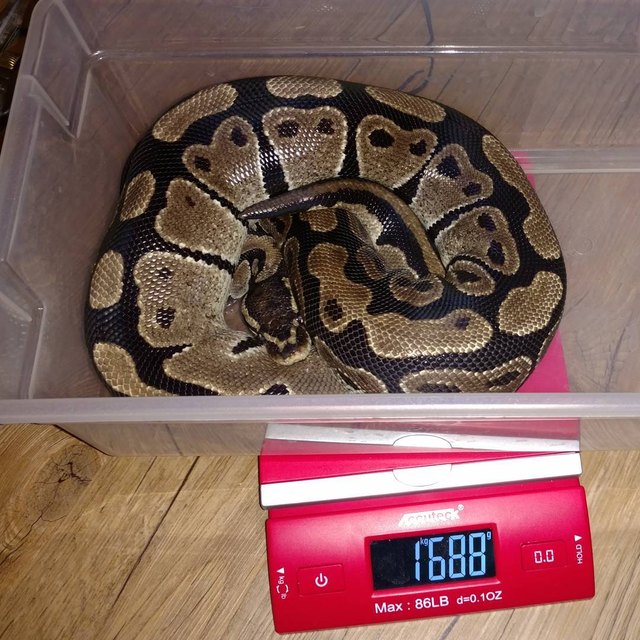
For their part, pigs are cajoled — with noms, natch — into a rolling scale-slash-cage hybrid thingy. (Press play to watch.)
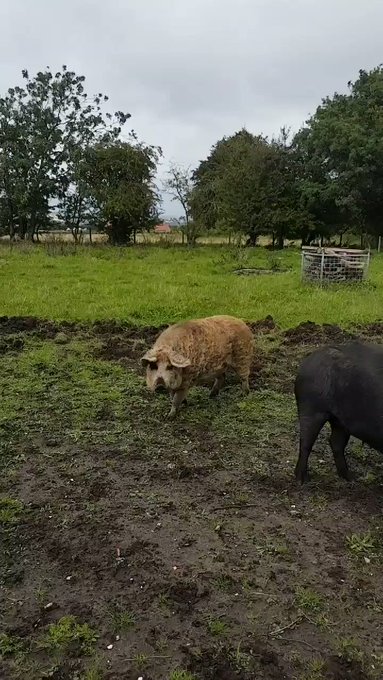
Treats, as the next two images attest, are the easiest way to induce cooperation. Case in point: this prairie dog (don’t forget to subtract the weight of the walnut, yo) ….
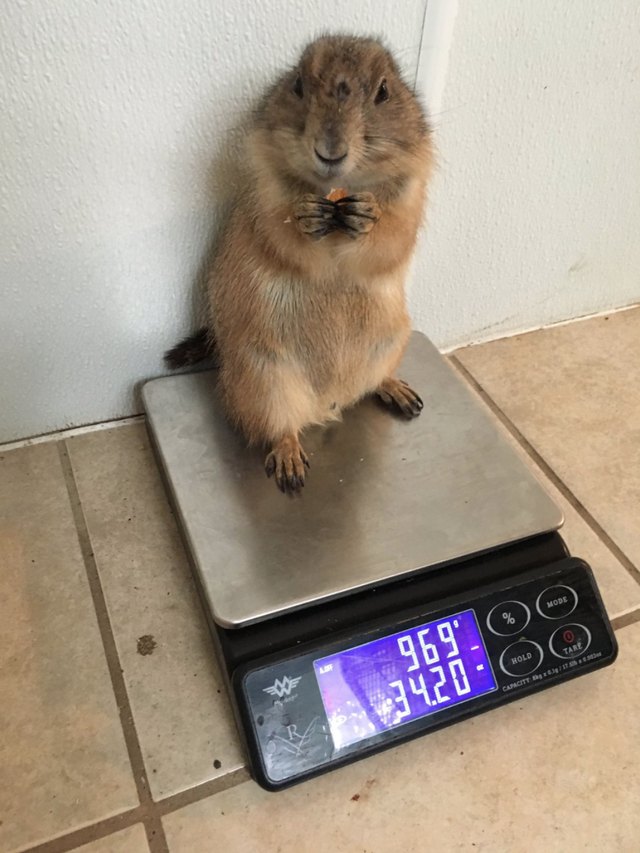
…. and these penguins at the London Zoo.
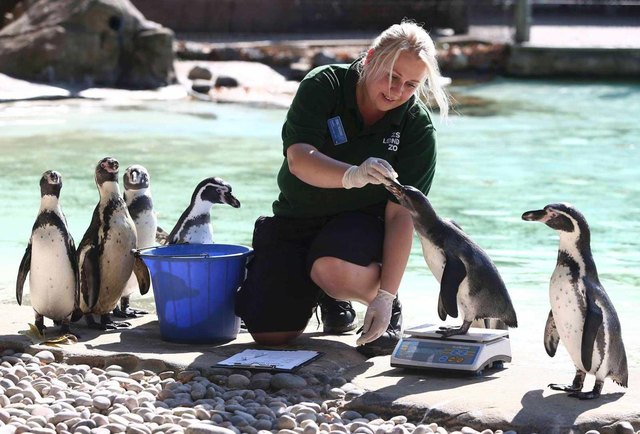
Making it impossible to run away — even if the patient isn’t, ya know, fast — is also a solid strategy.
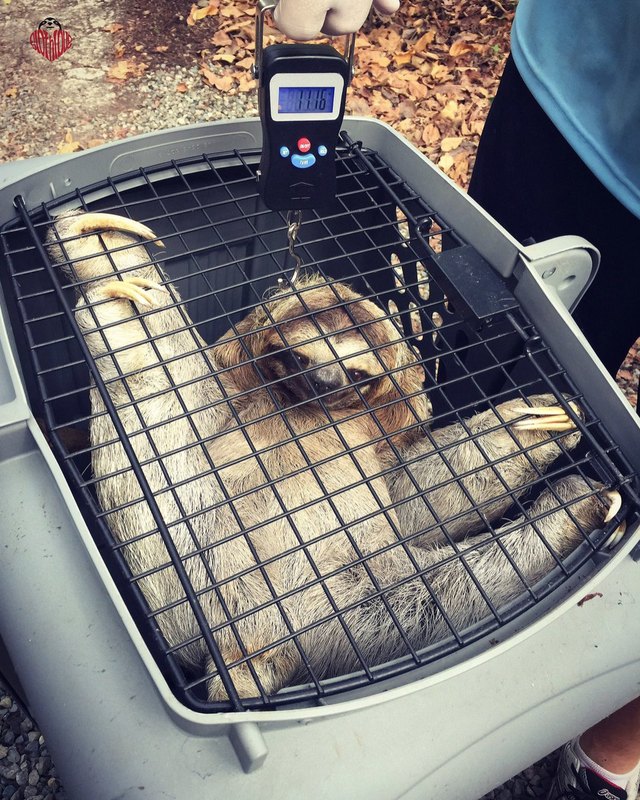
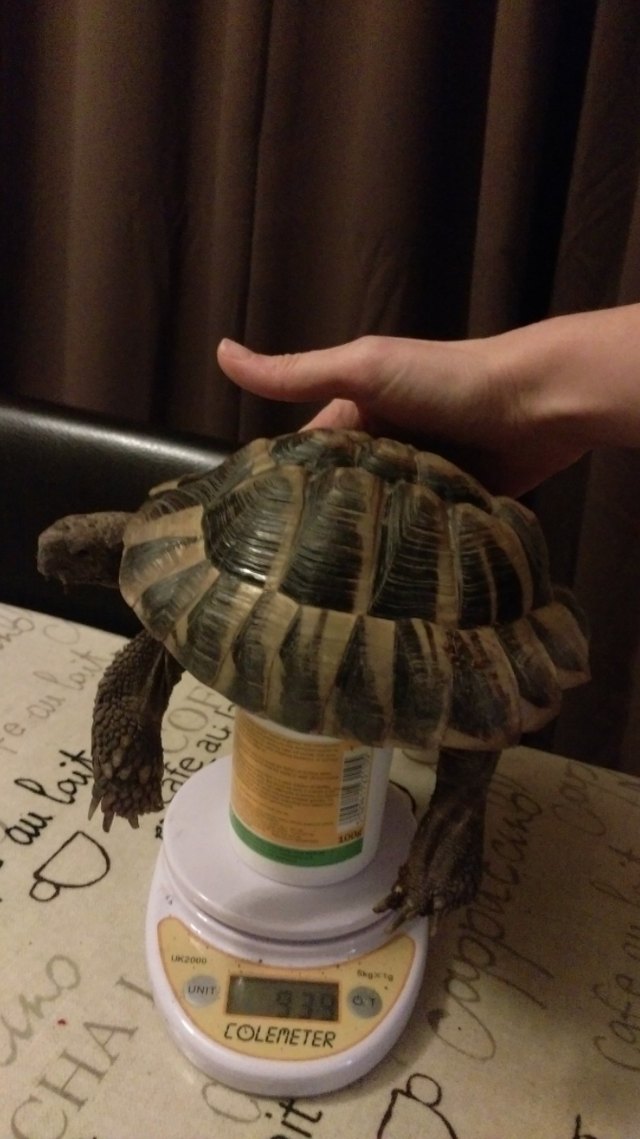
* Record scratch * * Freeze frame * “Yep, that’s me. You’re probably wondering how I ended up here …. ” (Press play to watch.)
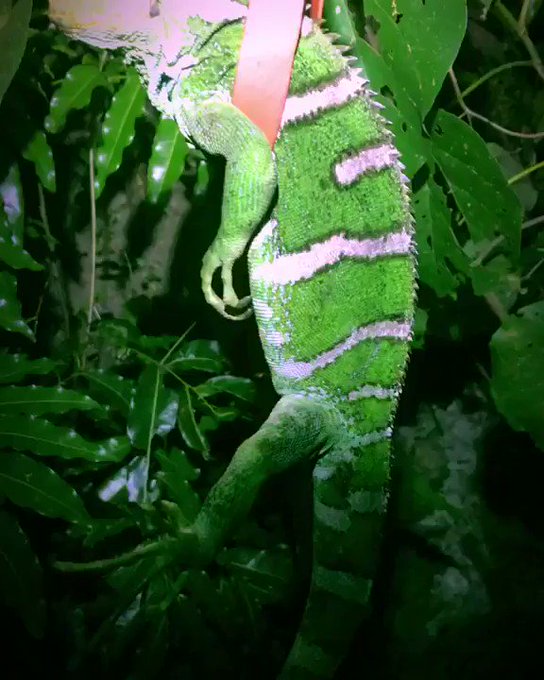
In instances where the animals are human-sized or larger*, it’s helpful to have an extra set of hands (and eyes).
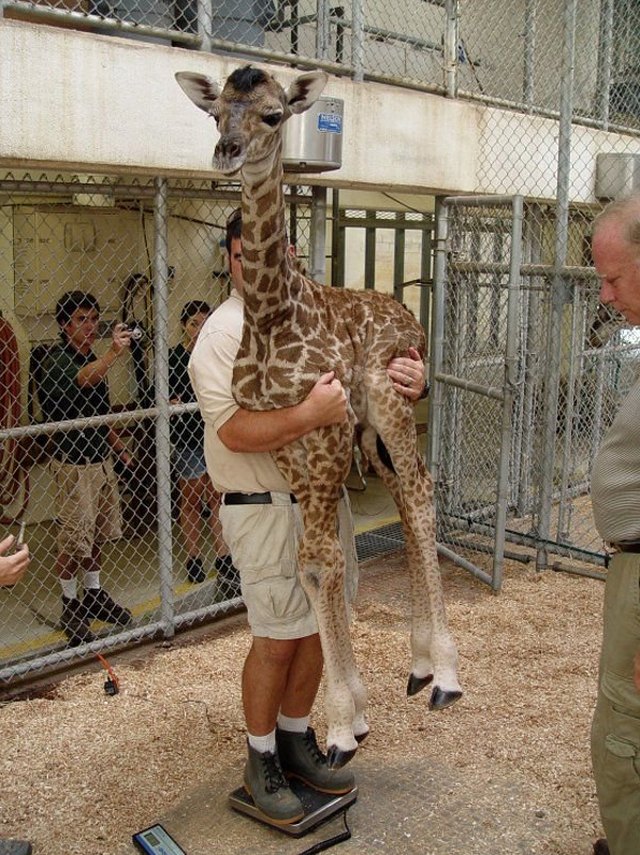
* = also works with good boys.
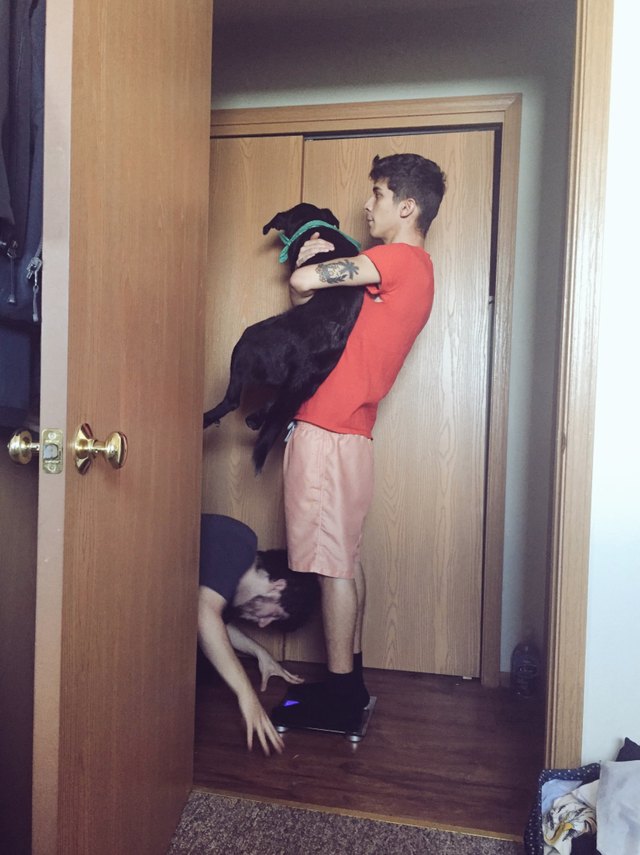
That said, some creatures are simply too unwieldy for this approach. ??? (Press play to watch.)
Of course, there are also animals that never need any persuading, especially if you Jedi Mind trick them by putting the scale down on the floor and casually walking away like it’s no big deal.
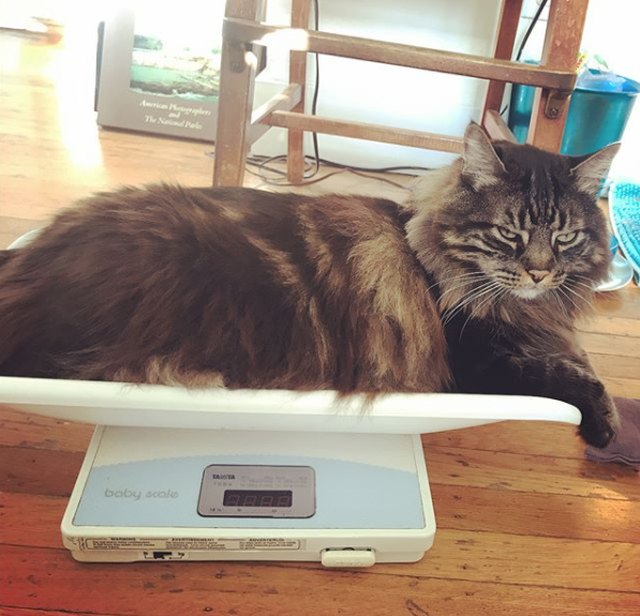
Oh you were using this?
Because cats are gonna cat, amirite or amirite?
Bonus. Animals Who Hates The Vet
1.
2.
3.
4.
5.
6.
7.
8.
9.
10.
11.
12.
13.
14.
15.
16.
17.
18.


